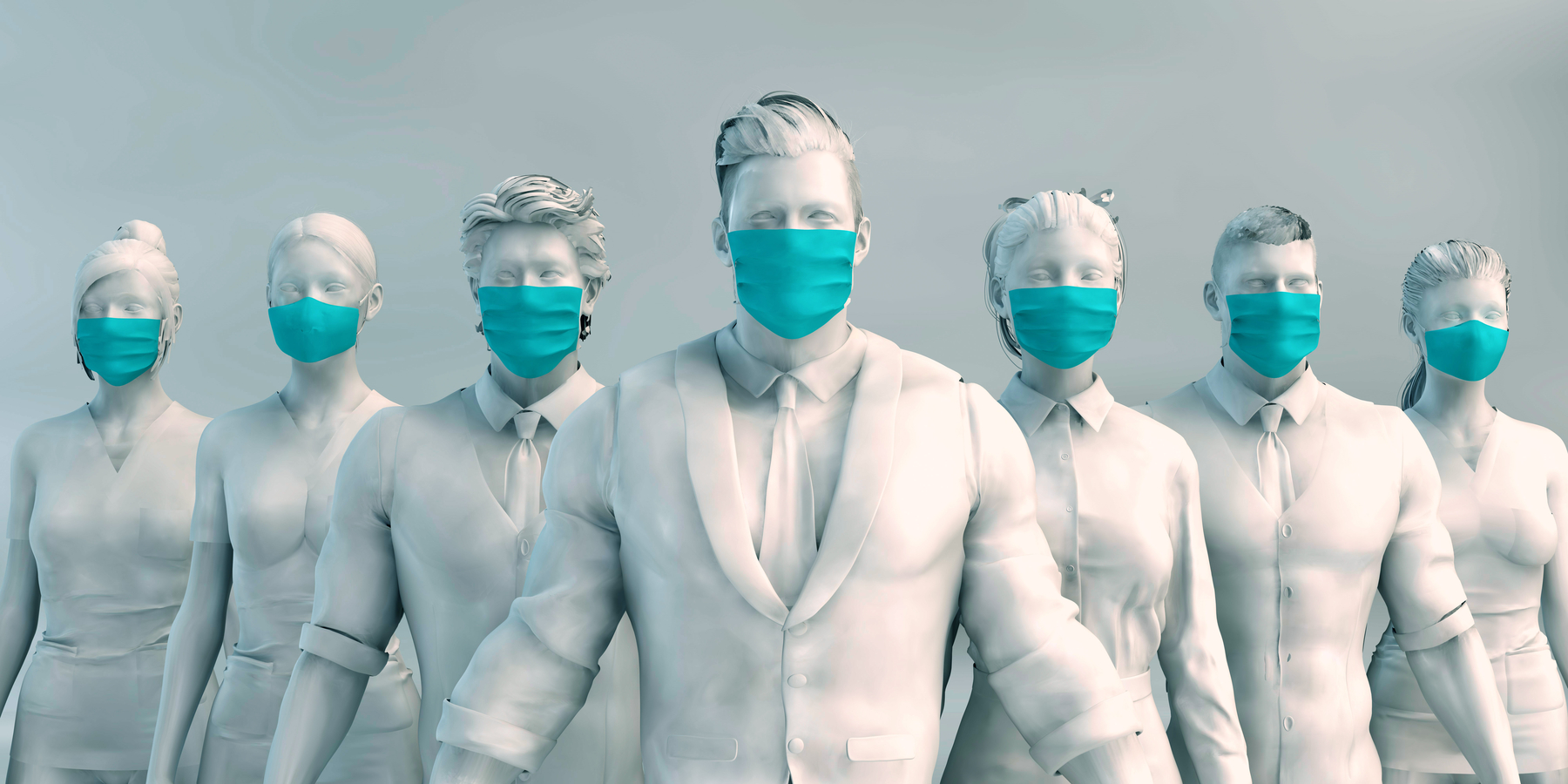The implications of the COVID-19 pandemic are uniquely understood by frontline treating physicians.
In the fourth wave of a COVID-19 tracking report on U.S. frontline treating physicians, from real-time life sciences market insights provider InCrowd, this important clinical community shared newfound optimism around preparedness and the ability to “flatten the curve,” along with surprising new concerns.
Sourced in mid-April 2020, the report shows significant progress on problematic issues in U.S. healthcare since the first wave of the research in January.
- Access to testing has jumped significantly since last month, now 82%, from 67% in March—while the respondents’ overall patient population with confirmed or suspected cases have more than doubled, from 8% to 21%.
- Perceptions of preparedness have more than doubled, with 59% in April believing that their facilities are adequately prepared to treat COVID-19 patients—up from 24% in March.
- Positive perceptions of the precautionary measures taken by local governments jumped significantly—up to 50%, from 21% in March. This is despite continued high concerns for their personal safety and that of loved ones—with personal safety concerns at 70% in March and 66% in April and safety of loved ones at 78% in both months.
Twice as many respondents in April believe the U.S. can “flatten the curve”—up to 30%, from 12% in March, with 50% of respondents now believing the U.S. is more likely than not to do so.
At the same time, 45% of frontline treating physicians surveyed in April indicate fearing for the loss of their jobs. A Tennessee ER physician’s verbatim remark reflects key challenges of COVID-era care delivery. “We’ve been cutting back on staff due to overall revenue reductions, but have increased acuity and complexity, which requires more staffing. This puts even more of a burden on those of us still here.”
- Many new, prevalent care delivery techniques likely will remain post-pandemic, including telehealth (77%), exposure-limiting practices within facilities (50%), and phone triaging (48%).
- When asked whether their facility was prepared for a second outbreak later this year, only 28% agreed strongly with this statement, while the majority (55%) expressed some level of confidence.
- Frontline healthcare respondents believe it will be more than six months before life returns to normal—around mid-October.
The industry is keen to understand changes that may affect prescribing patterns and patient care. InCrowd will continue to monitor physician experiences as an important barometer in the healthcare industry’s transition to a new, post-pandemic environment.








